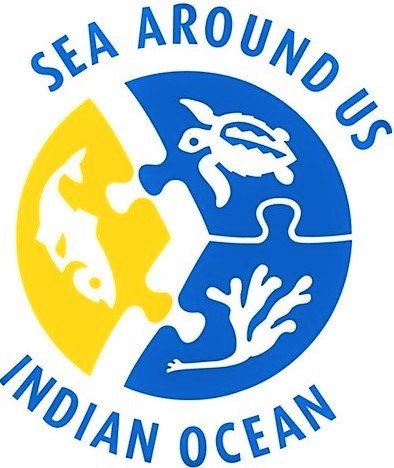Top 3 most viewed article in Marine & Freshwater Research: Trends in Indian Ocean marine fisheries
Photo credit: Mahmoud Elbadawy
Recently, a paper from the Sea Around Us - Indian Ocean team titled "Trends in Indian Ocean marine fisheries since 1950: synthesis of reconstructed catch and effort data" made waves within the CSIRO journal Marine and Freshwater Research. This journal, renowned for its wide-ranging coverage of research in aquatic environments, ranked this paper as the top three most viewed article within the last 60 days. Exciting as this achievement is for lead author Dirk Zeller and his team, it points towards the growing recognition of the importance of Indian Ocean affairs for Australia and the global community.
Using the reconstructed catch data of the Sea Around Us, which complements officially reported catch data with comprehensive estimates of unreported catches, the fishing trends between 1950 and 2018 were analysed for the entire Indian Ocean basin. Such broad examinations contribute to better understanding of the trends having occurred within this region. Over the span of nearly seven decades, small-scale catches – those attributed to artisanal, subsistence, and recreational fisheries – experienced a remarkable catch increase of 300%, culminating in a recent annual catch of 6.5 million tonnes of fish. In contrast, industrial catches embarked on an upward trajectory starting in the mid-1970s that quickly reached a stagnation point by the late 1990s.
While the initial appearance of the industrial catch trend may not set off alarm bells, when coupled with a disturbing 78% drop in catch-per-unit-effort between 1950 and 2010, a troubling reality begins to emerge. This pattern suggests that sustainable catch limits might have already been reached or exceeded in many areas. In simpler terms, if fishers are continuously investing more time, fuel and labour into their fishing endeavours, while reaping fewer rewards or merely maintaining their annual yields, it strongly suggest a decline in the relative abundance of the underlying fish stocks. The repercussions of relentless industrial fishing, especially with excessive bottom trawling on continental shelf areas can already be seen in regions like India and Pakistan, which have already witnessed substantial biomass declines.
Moreover, industrial fishing currently accounts for 60 percent of the total catches in the Indian Ocean. This marks a notable departure from historical norms where small-scale fisheries held a greater role in contributing to catches, ensuring local food security and generating onging livelihoods and employment in the region. The lead autor of this study, Professor Dirk Zeller warns, “There are clear signs that interest by foreign industrial fisheries has been expanding rapidly in some East African countries over recent decade. Such industrialization and distant-water fishing country interests should be treated very cautiously by host countries in the Indian Ocean, as they regularly and rapidly lead to detrimental conditions for truly domestic fisheries in coastal communities, and a country’s marine resources. This has been clearly demonstrated by the disastrous situation in West Africa, whose national waters are teeming with industrial fishing vessels with foreign beneficial ownership that are leaving almost no fish for local communities.”
To gain a more profound insight into the "Trends in Indian Ocean marine fisheries since 1950," I recommend taking the time to read this publication in Marine & Freshwater Research https://doi.org/10.1071/MF22148.
Posted by Shanon Barrie

